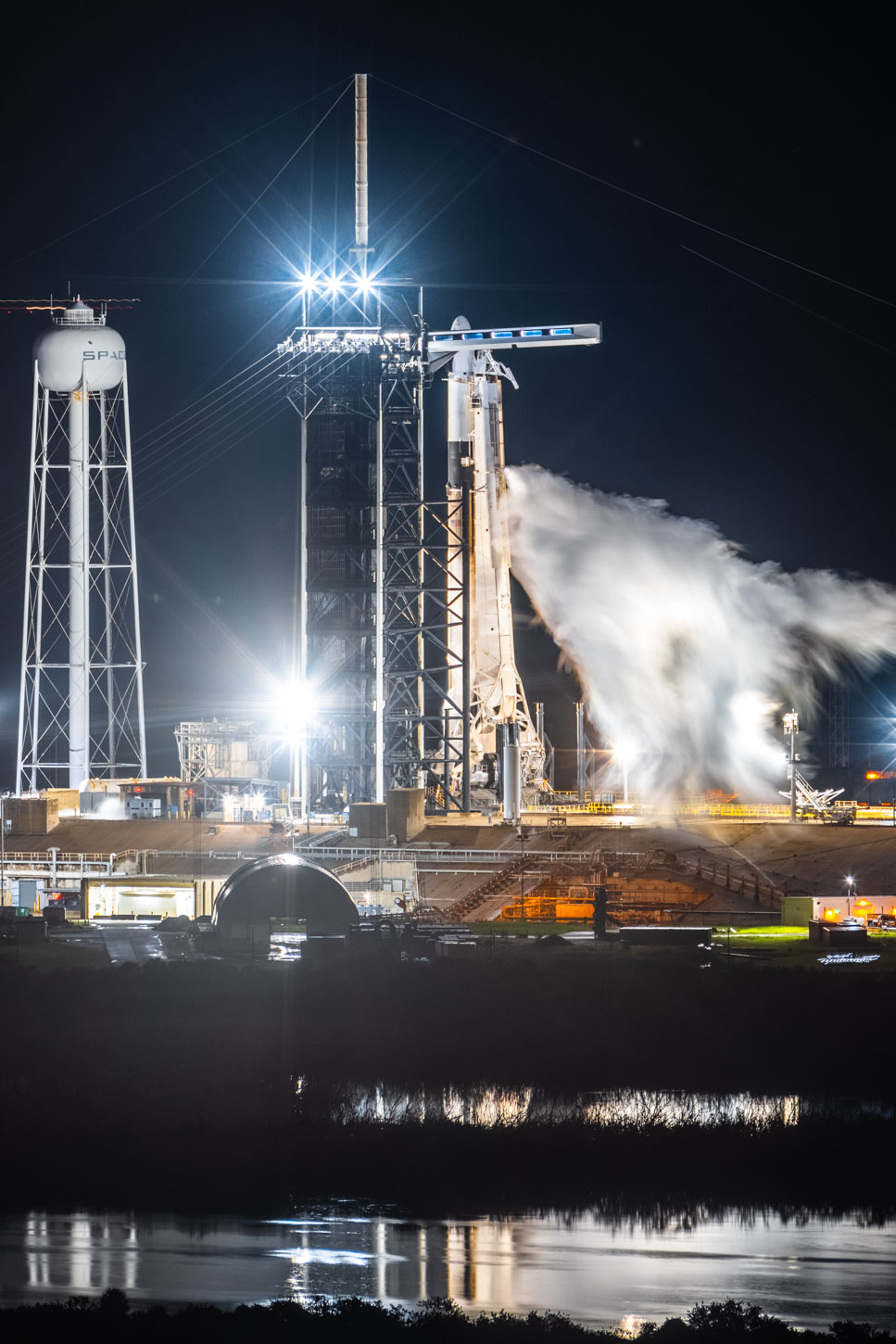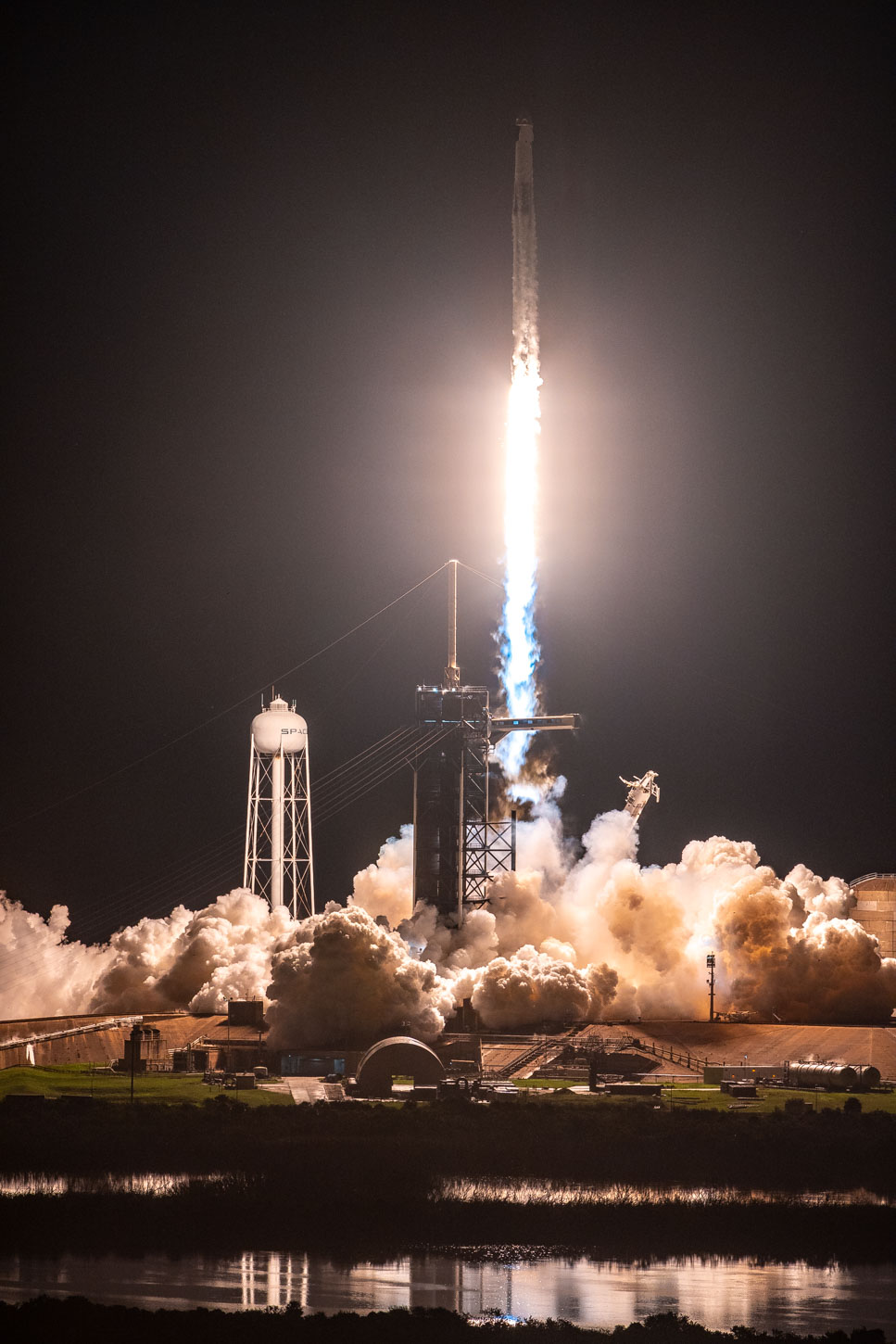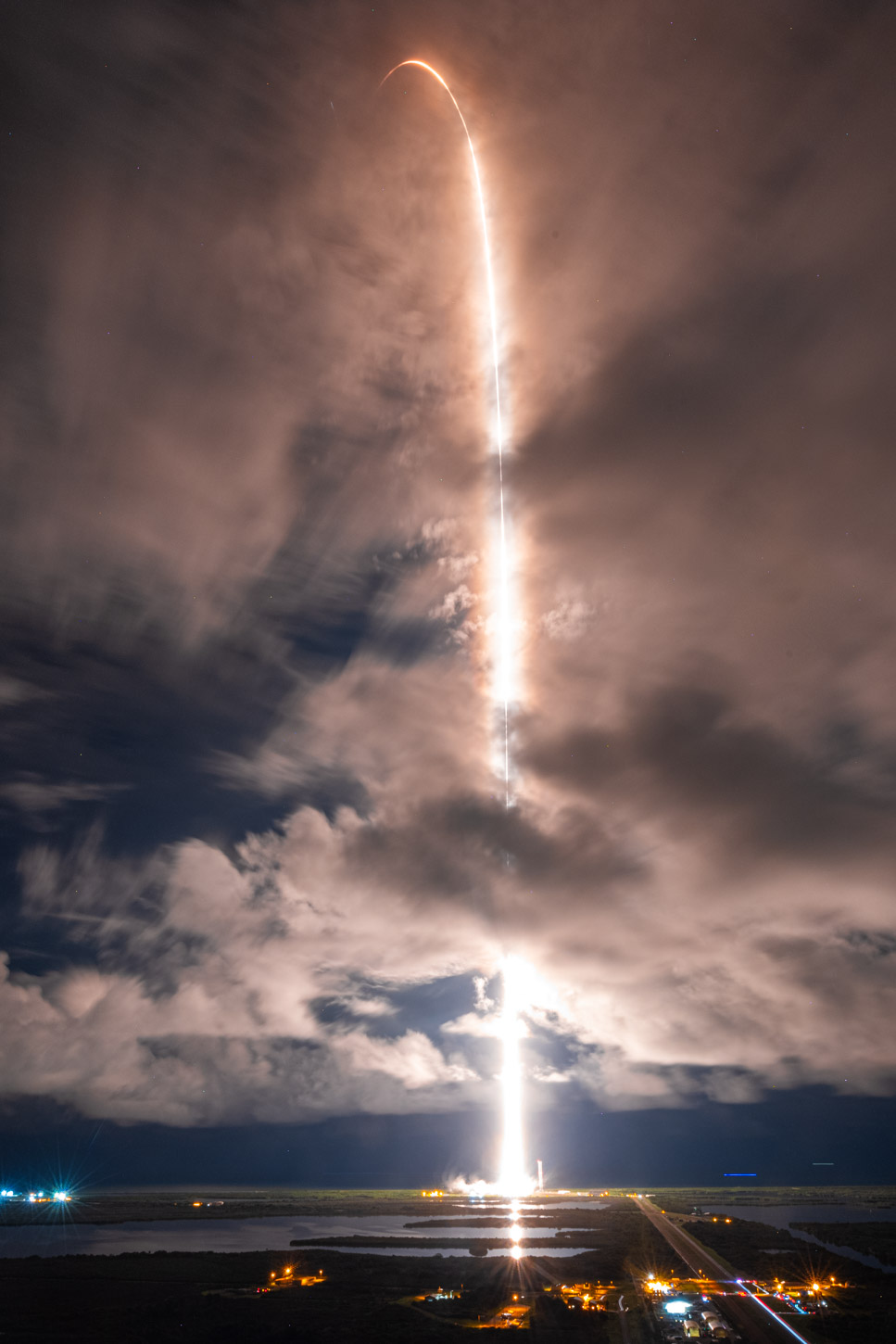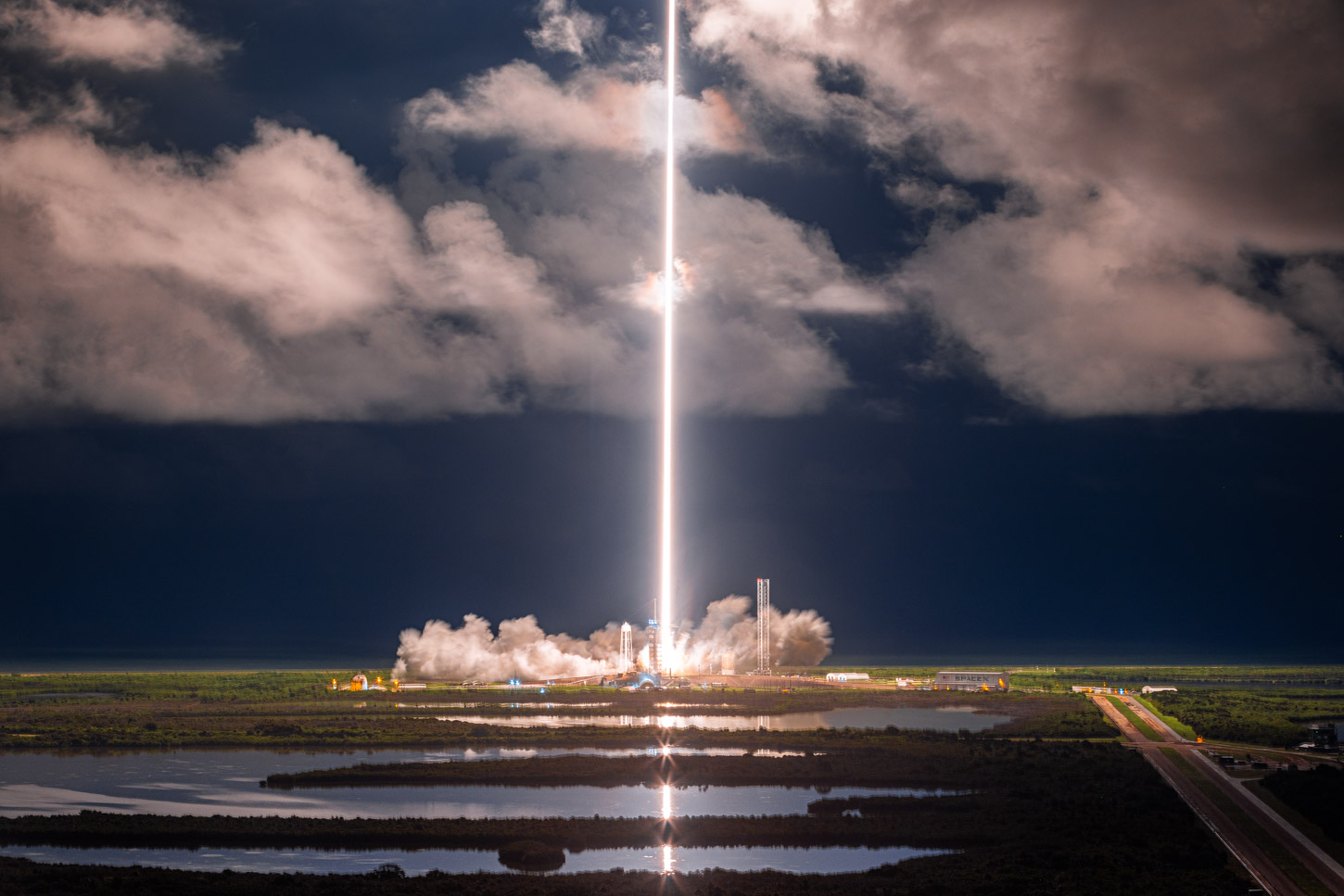A shining example of both co-existing, peacefully—
Home to a litany of launch pads, sprawling hundreds of thousands of acres through vast ecosystems, and refuge and habitat to over 1,500 species, Merritt Island is a special place.
There’s a sign when you first arrive, emblazoned, “Where Dreams Are Launched.”
It’s easy to lose sight of the fact that Kennedy Space Center and Cape Canaveral Space Force Station are situated in and around a National Wildlife Refuge. Aptly known as Mosquito County before Florida became a state in 1845, Brevard County encompasses one of the most unique swaths of land (and thriving populations of mosquitos) I can think of.
Making new history—
Going as far back as 12,000 years ago when the first Paleo-Indians migrated across North America and reached the area, Merritt Island has been home to many historic events. The latest example being SpaceX and the Polaris Program’s ‘Polaris Dawn’ mission leaping off Launch Complex-39A early this morning.
The Dawn mission exists to boldly broaden our understanding and exploration of space in several key areas:
- High-Altitude Spaceflight
- First Commercial Spacewalk
- In-Space Communication Demonstrations
- Health Research
and the larger program seeks to demonstrate the ability to benefit, simultaneously, history to be made from space also can benefit those of us on the ground. In these efforts, the Polaris Program works to further the mission of St. Jude Children’s Research Hospital to improve the lives of future generations.
These Several Areas

Photo: Trevor Mahlmann
full-resolution download, wall print, or commercial license of this image
1. High Altitude Spaceflight—
Polaris Dawn aims to venture out in orbit of Earth, further than we have since the Apollo missions over 50 years ago.
The mission will push Dragon and Falcon 9 to their limit, aiming for the highest orbit ever achieved by a Dragon spacecraft. As it travels through segments of the Van Allen radiation belt (places of much higher concentrations of radiation due to Earth’s magnetic field) the crew will conduct studies to enhance knowledge about the effects of these emissions on human health during transit through them.


2. First Commercial Spacewalk—
During the 5-day mission, the crew is set to attempt the first commercial spacewalk, utilizing newly developed SpaceX EVA (extra-vehicular activity) suits, which include significant upgrades and modifications from the current IVA (intra-vehicular activity) suits used on NASA Crew missions. This effort will provide crucial steps toward creating durable spacesuits needed for future long-term lunar and Martian space travel.
3. In-Space Communication Demonstrations—
For the first time, a Starlink laser-based communication system will be tested by the crew in orbit, gathering vital data to advance space communications. This experiment, conducted from a payload mounted in the unpressurized trunk of the spacecraft (the ‘service module’ tube attached to the bottom of the capsule) is key in developing systems necessary for deeper space missions, such as those to Mars and the Moon.
4. Health Research—
Last but not least, while in orbit, the crew will focus on research aimed at improving human health both on Earth and in space. This includes decompression sickness research, oxygen pre-breathe experimentation, and gathering of data on Spaceflight Associated Neuro-Ocular Syndrome (SANS).
SANS is a condition where, when in a low-gravity environment, the fluid that normally resides in the lower half of your body on Earth, finds equilibrium more evenly spaced throughout your body. The effects of this shifting of fluid result in increased cranial pressures, and in turn, pressure on the back of your eyes. Side-effects of spaceflight, indeed long duration spaceflight, can lead to vision alterations, cognitive effects, or other harmful health effects. Polaris Dawn seeks to benefit research in this important field.

Trevor’s take—
It’s a privilege to witness, capture, and communicate this history as a fan of spaceflight and I am excited to see, over the next several days, Polaris Dawn continue in these history-making endeavors.
The Polaris Program dreams big and manifests a destiny much larger than itself to make an outsized impact both here on the ground and in space. Polaris Dream or Destiny would make for nice themes for the next missions in the series. Only time will tell how the program will evolve.
What’s clear is that Polaris is rewriting the norm that space exploration is zero-sum, and in historical context, that we can only benefit in certain areas — directly or otherwise putting down other topics, people, or places in the process.
From this special place called Merritt Island, a historically native lagoon, wildlife and spaceflight coexist and history is often made—this is just the latest example.
Leave your email below to keep up-to-date with the latest in spaceflight! (A few emails a month, max.)

